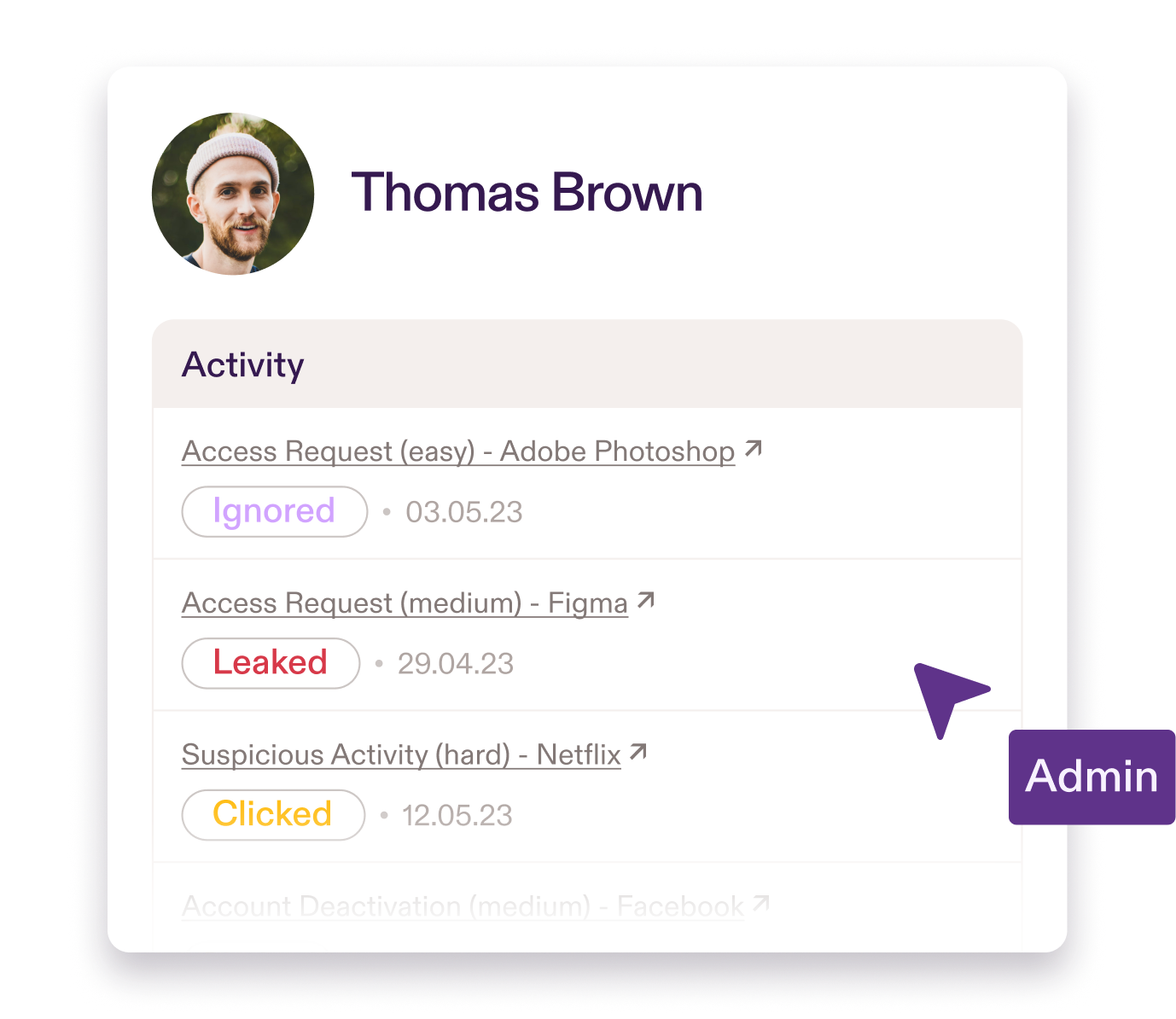Curiosity drives us to explore, push boundaries, and challenge the status quo. It's this very human trait that has propelled technological advancements at an unprecedented pace in recent years. However, it is also our inquisitive nature that makes us the greatest security risk to any organization.
We may believe we're too clever to fall for scams, but the truth is, we often underestimate the reasons behind others' susceptibility. This is how ransomware, malware, and other cyber threats infiltrate the very organizations we work for. They strike when our guard is down or exploit timely and relevant topics that capture our attention.
Phishing, whether targeted or widespread, is an art form. It's the insider attack that blindsides us, making us believe the attacker is one of our own. By the time we realize the deception, the damage is done.
Understanding the Anatomy of a Phishing Attack
Phishing attacks typically involve fraudulent emails, messages, or websites designed to deceive recipients and elicit sensitive information. These attacks can be highly convincing, often mimicking trusted sources such as financial institutions, online services, or even internal company communications. By employing psychology and persuasive tactics, hackers aim to exploit human vulnerabilities and gain unauthorized access to confidential data.
A typical phishing attack involves several stages:
- Research: Hackers gather information about their target, including personal details, affiliations, and potential access points.
- Social Engineering: Crafted with precision, phishing emails appear legitimate and urgent, urging recipients to take immediate action, such as clicking on a malicious link or downloading a file containing malware.
- Deception: Once the recipient takes the desired action, they are redirected to a fake website or prompted to provide sensitive information, which is then collected by the attacker.
Recognizing Red Flags: Telltale Signs of a Phishing Attempt
Recognizing the red flags of a phishing attempt is essential to thwart potential attacks. By training employees to be vigilant and observant, organizations can significantly reduce their vulnerability. Here are some common signs of a phishing attempt:
Sender's Email Address: Scrutinize the sender's email address for slight variations or misspellings that imitate trusted sources.
Urgency and Threats: Phishing emails often create a sense of urgency or exploit fear to prompt immediate action, such as threatening account closure or loss of access.
Poor Grammar and Spelling: Phishing emails often contain grammatical errors, typos, or awkward sentence structures, indicating a lack of professionalism.
Suspicious Links: Hovering over a link before clicking reveals the true destination. If the URL appears unusual or unfamiliar, it may be a phishing attempt.
Request for Sensitive Information: Legitimate organizations rarely request sensitive information via email. Be cautious when asked to provide personal details, login credentials, or financial information.
Spear Phishing: A Targeted Approach
Spear phishing takes the art of phishing to a more sophisticated level. Unlike traditional phishing attacks that cast a wide net, spear phishing employs tailored messages aimed at specific individuals or organizations.
Hackers invest time and effort to research targets, gather information from public sources, and personalize messages to make them appear trustworthy. This highly targeted approach makes spear phishing even more challenging to detect.
Victims, unsuspecting and ill-prepared, fall into the trap. Clicking a link, downloading a file, or providing sensitive information—these seemingly innocuous actions prove to be their downfall. The consequences are dire, as the hackers gain unauthorized access to confidential data, wreaking havoc on personal lives and organizational security.
To combat this insidious threat, vigilance and education are paramount. Individuals must scrutinize every message, questioning its legitimacy and verifying its source. Organizations must invest in robust cybersecurity measures, continuously fortifying their defenses against evolving tactics.
The Human Element: Why Employee Training is Crucial
Employees are often the weakest link in an organization's cybersecurity defense. While technological solutions play a vital role, training employees to identify and respond to phishing attempts is equally important. Cybersecurity awareness training equips employees with the knowledge and skills to recognize potential threats, enabling them to take proactive measures to safeguard sensitive information.
Key components of effective employee training include:
- Phishing Simulations: Conduct simulated phishing attacks to familiarize employees with real-life scenarios, allowing them to practice identifying and avoiding potential risks.
- Continuous Education: Provide regular training sessions, workshops, or online courses to keep employees updated on the latest phishing techniques and cybersecurity best practices.
- Security Policies: Establish clear and concise security policies that outline acceptable online behavior, password management guidelines, and reporting procedures.
Phishing attacks continue to evolve, becoming increasingly sophisticated and harder to detect. By understanding the anatomy of a phishing attack, recognizing red flags, and investing in employee training, organizations can significantly reduce their vulnerability to cyber threats.
Building a culture of cybersecurity is a long-term commitment that requires continuous education, communication, and vigilance. With the right knowledge, tools, and a proactive approach, businesses can stay one step ahead of hackers and protect their valuable assets from potential harm.
At Pistachio, we are convinced that educational and awareness-raising cybersecurity training is the best way to address security risks. We recognize the power of well-equipped individuals and that’s why we go beyond conventional training methods to provide a transformative experience. Our goal is not just to educate but to empower individuals, fostering a proactive cybersecurity mindset.
Cybersecurity training should be engaging, relevant, and effortless. Learn more about Pistachio here.

